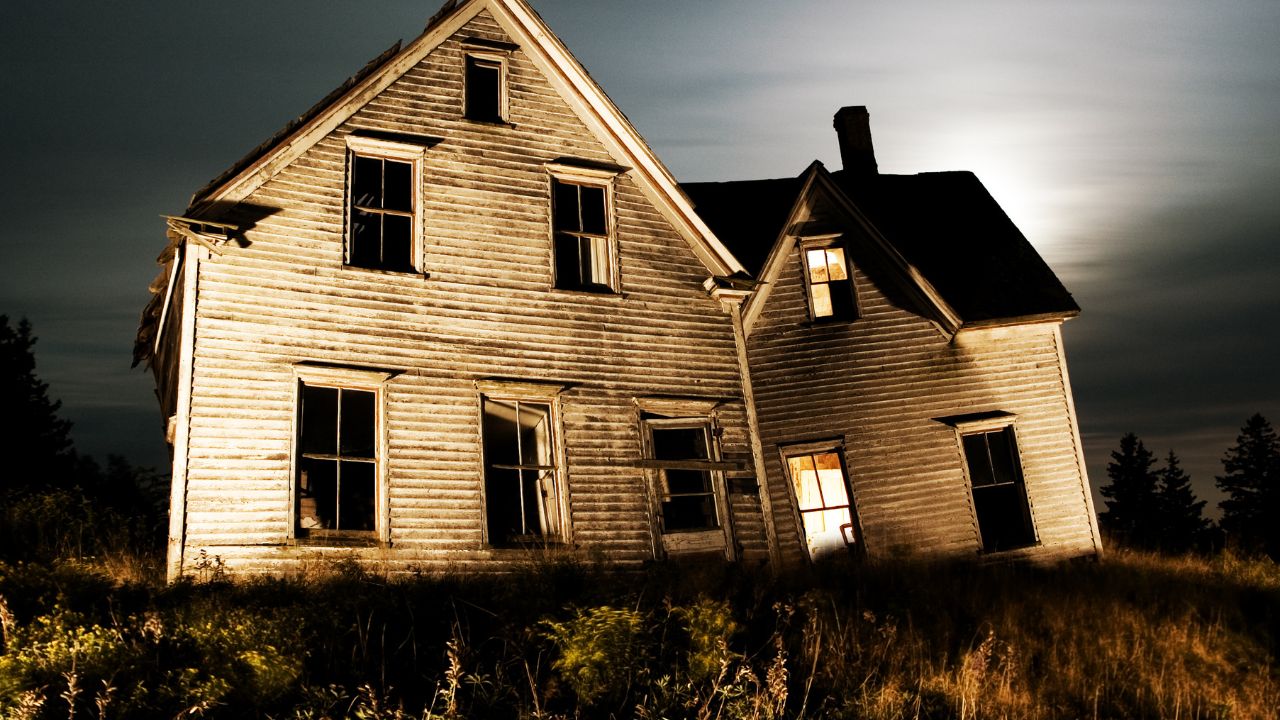As Halloween approaches, Australia’s fascination with the paranormal takes centre stage, from ghostly tales to haunted locations scattered across the country.
The tale of Frederick Fisher’s ghost, one of Australia’s most famous paranormal stories, continues to capture imaginations nearly 200 years later. In 1826, Fisher mysteriously disappeared from Campbelltown, NSW, and was later found dead, supposedly guided by the sighting of his ghost. Paranormal tales like Fisher’s have cemented a long fascination with hauntings in Australia, with modern-day reports indicating that over 296 sites across the country are believed to be haunted.
But do these spooky sites have any influence on local house prices?
According to recent Ray White data, regional Queensland leads with 66 reported hauntings, followed by regional NSW with 53, and major cities like Sydney with significant numbers as well.
Almost two-thirds of the haunted sites are public spaces such as parks, museums, asylums, and cemeteries, while hotels, pubs, and restaurants account for 83 haunted locations. The remainder includes private residences and even whole towns, with places like Cockatoo Island, Picton, and Beechworth Gaol ranking among the most well-known spooky spots.
Newcastle’s Cooks Hill takes the lead as the suburb with the most haunted locations (six in total), while Brisbane and Adelaide follow closely.
Surprisingly, property values in these haunted areas have shown strong growth over the past five years, suggesting that hauntings don’t deter homebuyers. Maryborough, for instance, saw an impressive 110.6% increase in house prices, while Newcastle’s Cooks Hill remains the most expensive haunted suburb, with homes priced at around $1.7 million.
Despite these growth rates, analysts are cautious about connecting hauntings with property values. Economic trends and regional contexts likely have a more significant impact than paranormal activity.
As Halloween approaches, Australians are left to wonder: does a ghostly presence make a property more or less desirable, or is it simply a spooky backdrop for an otherwise bustling housing market?
Fast facts:
- Australia’s Most Haunted Sites Are in Regional Areas
Queensland’s rural areas lead with the most haunted locations, followed by regional NSW. Sydney has the highest number of reported hauntings among major cities. Nearly two-thirds of haunted sites include public areas like parks, cemeteries, and museums, while the rest are spread across pubs, private homes, and even entire towns. - Top Haunted Spots Include Iconic Locations
Notable haunted sites include Cockatoo Island, once a convict penal establishment, and Picton, known as Australia’s most haunted town. Each has a unique, eerie history, with tales of colonial-era executions and ghostly sightings that make them popular for paranormal enthusiasts and ghost tours. - Cooks Hill Tops the List for Haunted Suburbs
Cooks Hill in Newcastle claims the highest number of haunted locations for a single suburb, with six reported ghostly sites. Brisbane and Adelaide follow, with each city’s haunted hot spots becoming a curious, though likely incidental, feature for locals. - Haunted Suburbs Boast Impressive Property Growth
Property values in haunted areas show robust growth, with price increases from 46.4% in Wollongong East to 110.6% in Maryborough. This suggests economic factors play a larger role in house prices than hauntings. However, haunted locales continue to intrigue, blending Australia’s real estate market with its spooky heritage.

